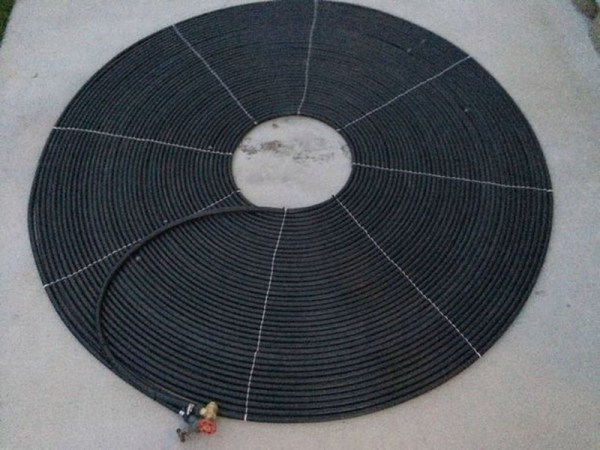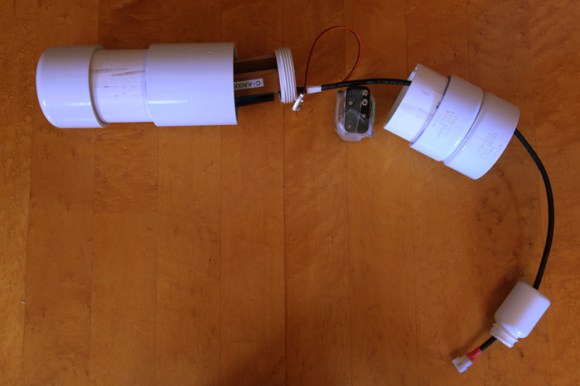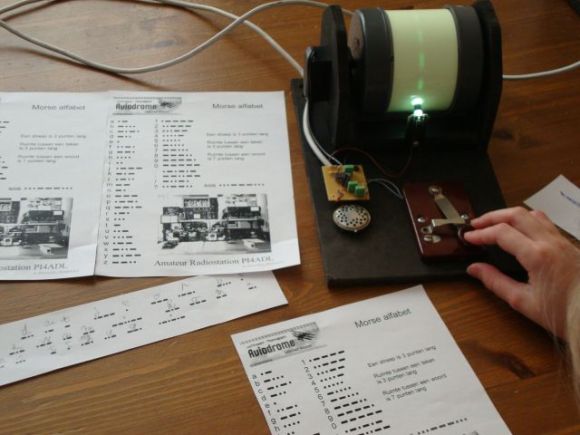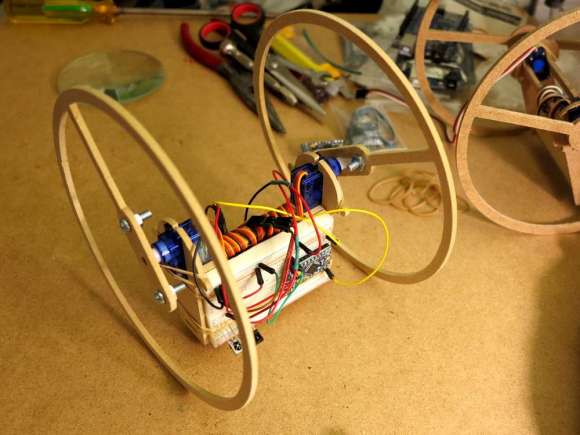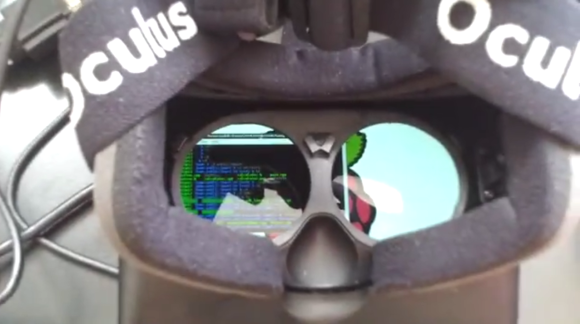It took a measly 2-hours in line to score myself entry to DEFCON and this nifty badge. I spent the rest of the afternoon running into people, and I took in the RFIDler talk. But now I’m back in my room with a USB cord to see what might be done with this badge.
First the hardware; I need a magnifying glass but I’ll tell you what I can. Tere are huge images available after the break.
- Parallax P8X32A-Q44
- Crystal marked A050D4C
- Looks like an EEPROM to the upper right of the processor? (412W8 K411)
- Something interesting to the left. It’s a 4-pin package with a shiny black top that has a slightly smaller iridesent square to it. Light sensor?
- Tiny dfn8 package next to that has numbers (3336 412)
- Bottom left there is an FTDI chip (can’t read numbers)
- The DEFCON letters are capacitive touch. They affect the four LEDs above the central letters.
I fired up minicom and played around with the settings. When I hit on 57600 8N1 I get “COME AND PLAY A GAME WITH ME”.
Not sure where I’m going from here. I don’t have a programmer with me so not sure how I can make a firmware dump. If you have suggestions please let me know in the comments!


